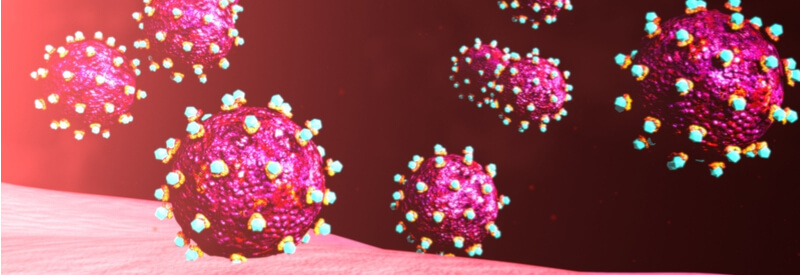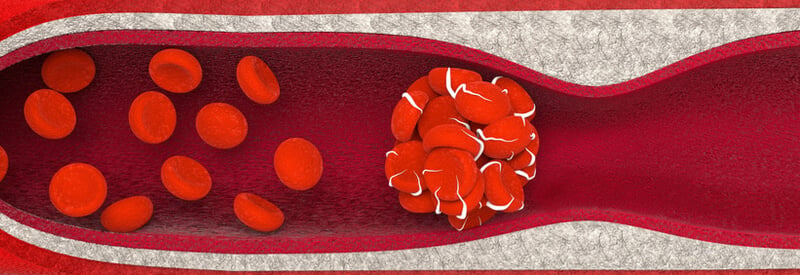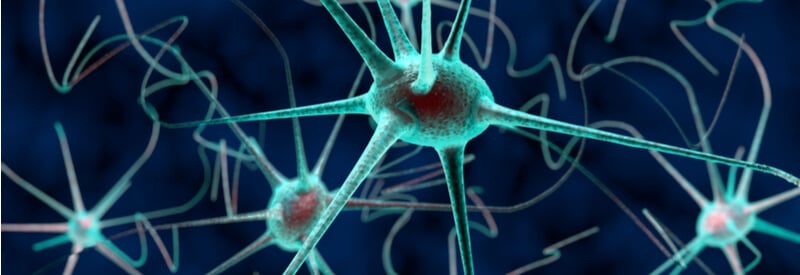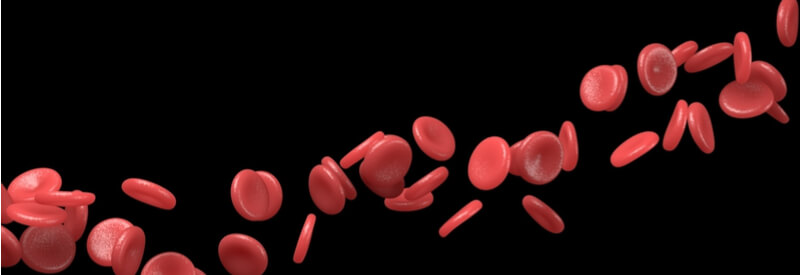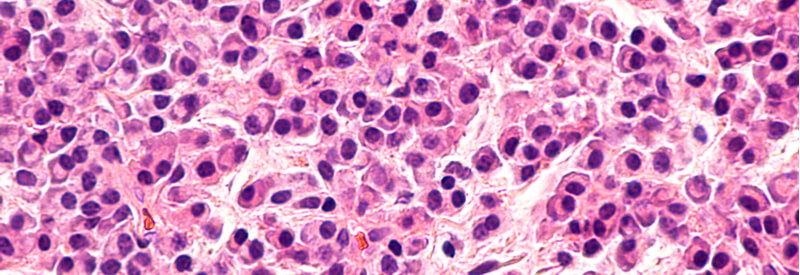Now that we’ve got the bad news out of the way, we’re here to spread some Christmas cheer with the biggest clinical successes in biotech over the past 12 months.
It’s unlikely that one whole year will ever pass without a single hiccup, especially in a field as complex as biotech. For that reason, we shouldn’t feel too downhearted about the clinical failures that we discussed last week. Instead, we should learn from our mistakes and make a point of celebrating the great achievements that biotech has made in 2017.
The year’s highlights include the FDA approval of the first two CAR-T therapies from Novartis and then Gilead. Elsewhere, impressive results from Sanofi and Alnylam‘s Phase III study for the treatment of hereditary ATTR amyloidosis mean that the first RNAi drug could be on the market as soon as next year.
This has seen biotech companies remain popular with investors, with the industry’s performance up by over 18% in the last year. Even pharma companies can’t keep their hands off the industry, with one of Europe’s biggest biotechs, Actelion, being snapped up by J&J for €30B. We will see if Genmab, which took over the mantle from Actelion, will survive 2018.
So let‘s get in a party mood with a run-through of the best news coming out of the biotech industry in 2017.

Novartis Wins the Race for CAR-T Approval
2017 saw a major biotech milestone surpassed with the FDA approval of Novartis’ CAR-T therapy, Kymriah, which opened the door to a new generation of cell therapies for cancer. It was approved for the treatment of relapsing B-cell acute lymphoblastic leukemia in children and young adults, which account for 60% of cases.
In the clinic, it achieved an 83% remission rate in patients that had not responded to standard therapies, but concerns remain over side effects including cytokine storm. Next, Novartis hopes to expand the use of Kymriah to diffuse large B-cell lymphoma, which could be available around the world in 2018.
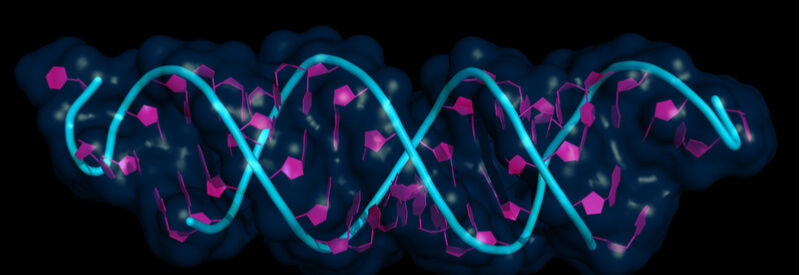
Sanofi and Alnylam Could Bring the First RNAi Therapy
Sanofi and Alnylam announced positive Phase III results for their RNAi drug, patisiran, to treat hereditary ATTR amyloidosis with polyneuropathy. The condition is caused by a genetic mutation that causes the production of misfolded amyloid proteins that can build up around and cause harm to tissues and organs, including neurons.
Patisiran improved quality of life and neuropathy after 18 months in comparison with a placebo, which will support the companies’ applications for market approval in the US and Europe. The two companies partnered up back in 2014 with a $700M (€590M) inversion, with their deal letting Alnylam commercialize the drug in the US, Canada, and Western Europe, while Sanofi gets the rest of the world.
Abivax Is Hot on the Trail of HIV
Abivax’s hopes of developing an HIV cure were boosted by the news of positive Phase IIa results. Its candidate, ABX464, caused a significant reduction of viral reservoirs over a 28-day period. The study included just 11 patients, with 9 completing the study and 8 of those with a decreased viral load. The 2 patients that did not complete the study experienced side effects, but these were quickly resolved.
Of course, the candidate must be tested in more patients before we can get too excited. Abivax is aware of this and has already started to dose the next cohort of patients, with results expected in early 2018.
AiCuris Jumps for Joy after the Approval of its Antiviral
AiCuris’ treatment for Human Cytomegalovirus (HCMV) infections, letermovir, was approved by the FDA in November. The decision was based on a successful Phase III study in patients recovering from bone marrow transplants, who are at risk of severe infections.
The once-daily antiviral, which blocks the virus’ terminase enzyme, reduced the number of patients developing an infection by over 20% and reduced mortality by 6% in comparison with a placebo. Merck Sharp & Dohme, AiCuris’ partner, aims to launch the drug in the US in December before approaching Europe and Japan for approval.
Ablynx Overcomes Life-Threatening Blood Disorder
Albynx triumphed with positive Phase III results for its nanobody, caplacizumab. The candidate targets the life-threatening autoimmune blood disorder, acquired thrombotic thrombocytopenic purpura (aTTP) – a disease caused by a faulty ADAMTS13 enzyme that does not cleave ultra-large vWF molecules, which causes widespread clotting and organ damage.
Caplacizumab significantly reduced the time to platelet count response and achieved a 74% reduction in the relative risk of thromboembolic events and death and a 67% reduction in aTTP recurrence during the study. This was all achieved without any nasty surprises for patients and study coordinators alike, with the drug’s safety profile consistent with previous studies.
A Turning Point in the Fight Against Alzheimer’s?
What a comeback! Having been included in our list of 2016’s biggest clinical fails, TauRx Therapeutics is one 2017’s success stories. The company’s Alzheimer’s candidate, LMTX, which aims to block the formation of Tau tangles that are implicated in the disease, was able to significantly slow down the rate of brain atrophy during a Phase III trial.
The candidate offers a durable solution to current treatments that are only able to temporarily bring Alzheimer’s symptoms under control. After the recent failures by Eli Lilly, Merck, and Axovant, this is a welcome piece of good news for the field.
Roche Glides Through Phase III to Hemophilia Approval
Having passed Phase III in June, Roche announced the FDA approval of its hemophilia A drug, emicizumab, in November – becoming the first treatment for the blood disorder to be approved in almost 20 years. The drug, tradename Hemlibra, achieved a clinically meaningful reduction in bleeds in children, adolescents, and adults. In addition, this was without the thrombotic events that had been a problem during previous studies.
The drug is a bispecific antibody that binds both factor IXa and factor X, both of which are vital for coagulation. Its accelerated approval from the FDA based on earlier clinical data highlights its potential to be a blockbuster in the blood disorders field.
Genmab and Janssen Tackle Multiple Myeloma
Genmab announced promising Phase III results for its daratumumab, tradename Darzalex, for the treatment of multiple myeloma. The antibody, licensed to Janssen, is expected to bring peak sales of up to $13B (€12B) a year, news that was no doubt help to give the company’s stock an 11% boost on the morning of the announcement.
Daratumumab with chemotherapy was compared with chemotherapy alone. The antibody reduced disease progression and patient deaths by 50%, meeting the trial’s primary endpoint. For the good of patients, let’s hope that MorphoSys’ decision to sue Genmab and Janssen over IP doesn’t slow down its march towards the market.
MorphoSys Boosts Lymphoma Survival
At this year’s ASH conference, MorphoSys presented data from an ongoing Phase II trial investigating its monoclonal antibody, MOR208, in combination with lenalidomide – a first-line drug for lymphoma. The combination achieved an objective response rate of 52% and complete remission was observed in 32% of patients. Median progression-free survival was 11.3 months with no unexpected toxicities observed during the study.
The candidate has already received Breakthrough Therapy Designation from the FDA, which should help its march through the clinic. This will be welcomed by patients who may not be eligible for CAR-T therapy, including the elderly due to the severe side effects that it can cause.
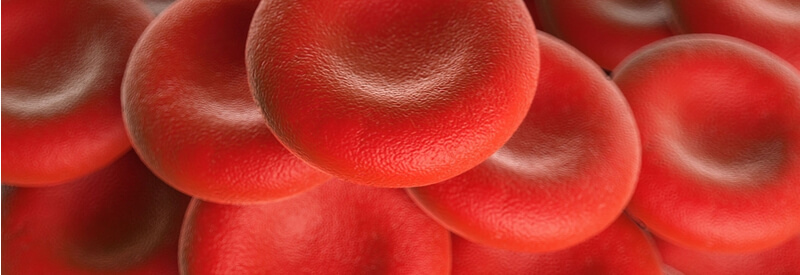
Erytech’s Cancer-Fighting Red Blood Cells
Erytech’s Graspa technology succeeded in treating metastatic pancreatic cancer. In combination with chemotherapy, Graspa, which encapsulates L-asparaginase within donor-derived red blood cells to deplete L-asparagine, improved overall survival and progression-free survival.
Next, the company will complete a Phase III trial, and also begin to investigate whether its technology is effective against other indications. Results of a Phase IIb trial have already come back for acute myeloid leukemia and, unfortunately, they were not good. Although this was disappointing, it takes nothing away from the company’s achievements.
Let There be Sight! GenSight Restores Vision
GenSight kept us up-to-date with GS010, its gene therapy for Leber hereditary optic neuropathy (LHON), a rare genetic disease for which there is no cure. The candidate has demonstrated its long-term effect, by restoring sight in patients for at least 2.5 years according to a recent update from the company.
The company has two Phase III studies up and running in Europe and the US to evaluate GS010 in patients with the ND4 mutation that have been affected by LHON for a year or less, and results are expected next year. GenSight is also looking at other eye diseases, including retinitis pigmentosa.
GW Pharma Took on Brain Cancer
GW Pharma tested its combination of tetrahydrocannabinol and cannabidiol with chemotherapy for the treatment glioblastoma multiforme in a Phase II study. It was able to increase one-year survival rate from 53% to 83% and median survival was extended by over 6 months in comparison with a placebo.
The combination is being developed as an add-on therapy for patients treated with intense chemotherapy, as the two appeared to act in synergy. GW Pharma hopes to begin regulatory discussions and investigating its combination against other forms of cancer. This may be helped along if the NDA for its epilepsy candidate, Epidiolex, is successful, which could help to overcome the current taboo around marijuana-based medicines.
That was our 12 best biotech moments of 2017, one for each day of Christmas if you like.
What is exciting to do now is to look ahead and try to predict what could be 2018’s biggest biotech headlines. How long will we have to wait before Alnylam and Sanofi bring their RNAi treatment onto the market, and might it trigger other companies to fast-track their own products?
And what might follow the revelation that was CAR-T? Might it be the turn of another exciting anti-cancer technology like T Cell Receptors? And what will happen to BioNTech’s all-cancer mRNA vaccine, which entered Phase I earlier this year?
Comment below with what you’re most looking forward to following in 2018.
Images – Kurhan, Angel McNall Photography, Arak Rattanawijittakorn, petarg, sciencepics, sdecoret, Fedorov Ivan Sergeevich, royaltystockphoto.com, Anton Nalivayko, sruilk, Shutterstockphoto3, Kathathep, David Litman, ustas7777777 / shutterstock.com






